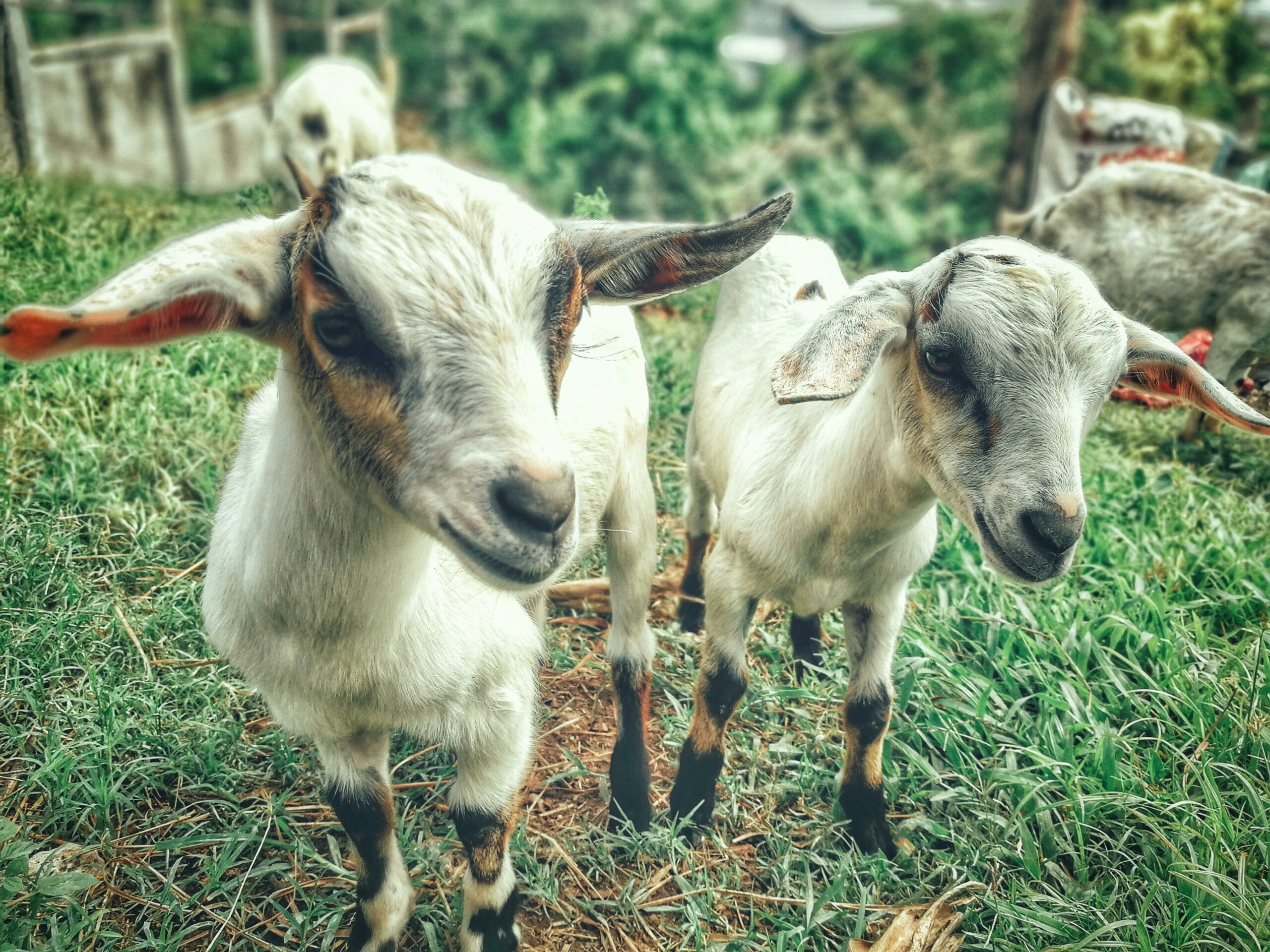
A recent study, published in the scientific journal Frontiers in Veterinary Science, presents significant advances in the development of vaccines and diagnostic tests for the control of animal tuberculosis, using goats as a model. The research, led by the Centre for Research in Animal Health (IRTA-CReSA) and involving NEIKER-Instituto Vasco de Investigación y Desarrollo Agrario (both partners of INNOTUB), along with the Animal & Plant Health Agency (United Kingdom) and the company Lionex Diagnostics and Therapeutics GmbH (Germany), evaluated various vaccination strategies, including the use of the Bacille Calmette-Guérin (BCG) vaccine and inactivated Mycobacterium bovis (HIMB) vaccines, aiming to develop more precise diagnostic tools that differentiate between vaccinated and infected animals. The results of this study highlight the potential of intranasal BCG vaccination, an innovative approach that has demonstrated its ability to induce a robust immune response without causing significant interferences in diagnostic tests based on defined antigens such as ESAT-6, CFP10, and EspC. These antigens are crucial for implementing DIVA tests (Differentiating Infected from Vaccinated Animals). Intranasal vaccination not only takes advantage of the fact that tuberculosis infection primarily occurs through the respiratory tract but also reduces adverse effects associated with other administration routes, such as subcutaneous injection. Additionally, the study explored combined vaccination regimens, including an initial subcutaneous dose followed by an intranasal booster. This strategy showed promising results in inducing immune responses, and some of the tested candidates also demonstrated good compatibility with DIVA diagnostic tests. Thus, the use of defined antigens in intradermal and interferon-gamma diagnostic tests has almost completely eliminated vaccine-induced interferences, significantly improving the reliability of these diagnostic tools. This represents a crucial breakthrough for animal tuberculosis control programs, especially in areas with high livestock density or where the disease remains a significant health and economic challenge. These findings are particularly relevant for goat farming in Spain, which has one of the largest goat populations in Europe. The results of this research could transform disease control programs, promoting more sustainable livestock production and reducing public health risks. This study was funded by the Spanish Ministry of Science and Innovation and the State Research Agency (Ref. PID2022-142939OR-C22), as well as by the European Commission through the Interreg POCTEFA 2021–2027 program, within the framework of the INNOTUB II project (EFA115/01), co-funded by FEDER funds. The full article is available at: DOI: 10.3389/fvets.2024.1524461.